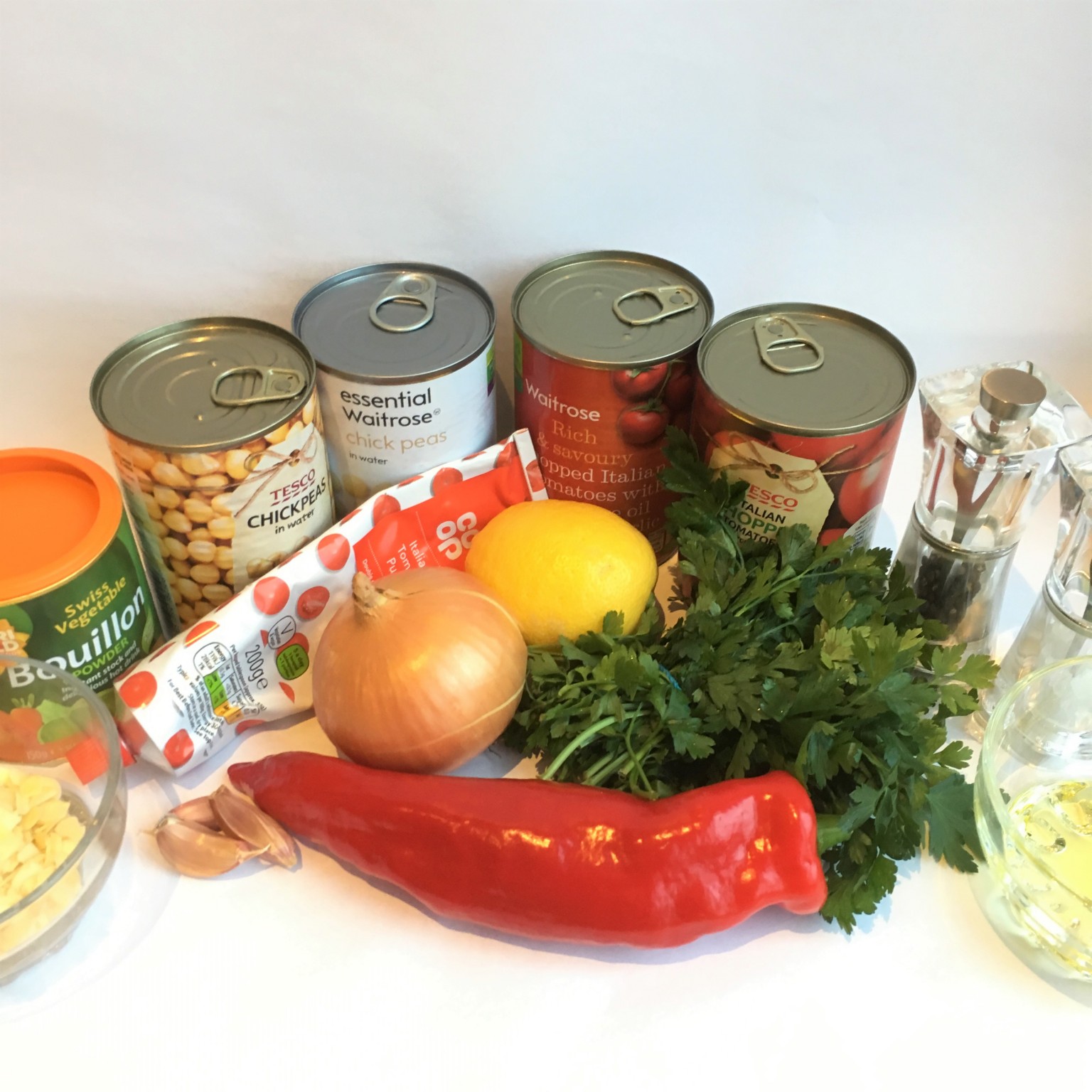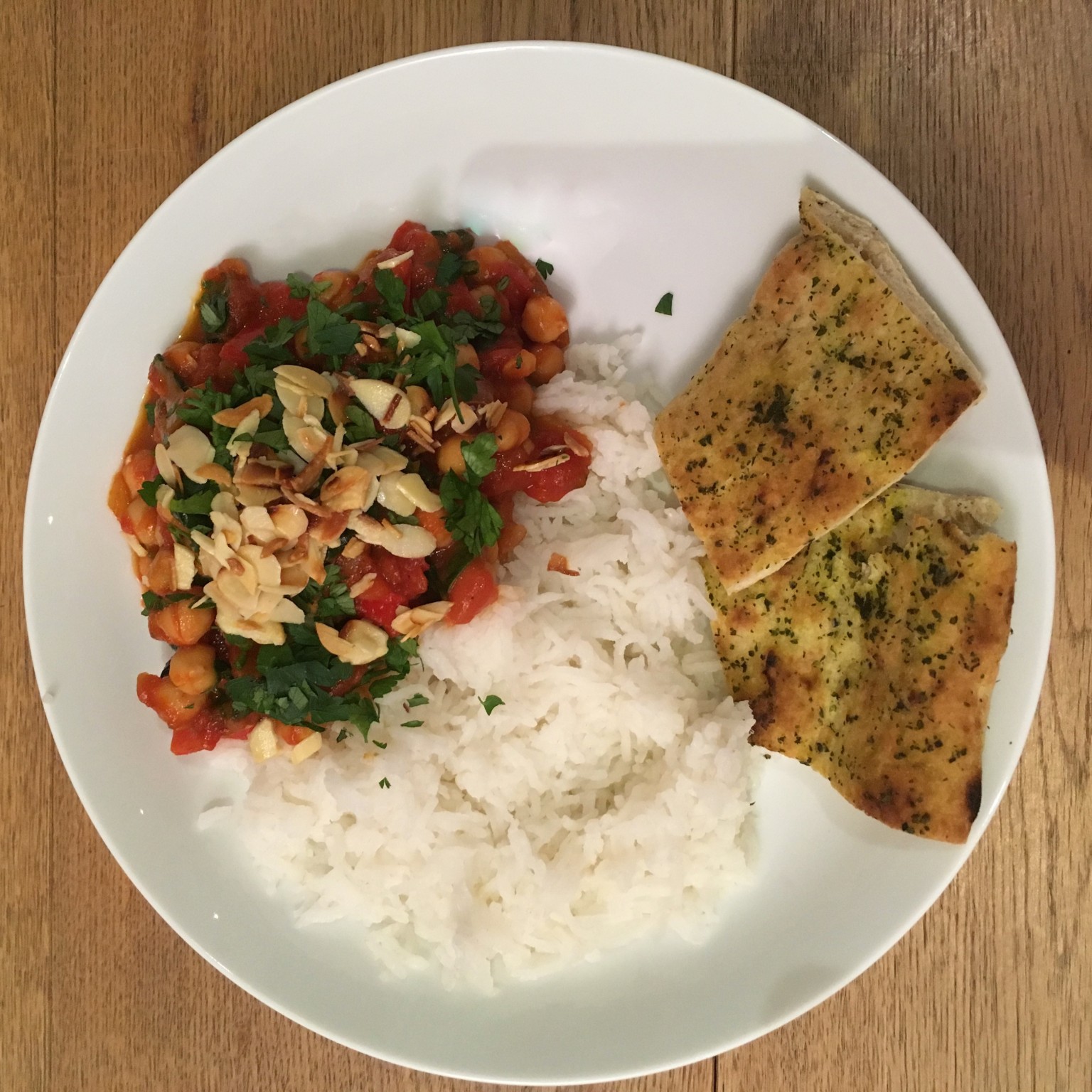Tuesday 10th April - Finding Your Rectus Abdominis, and a Restorative Sequence to Practise
If you've been reading this blog for a while you'll know that, as well as my yoga practice, I have another past-time in my life - gardening.
In it's widest sense, this interest encompasses all of Mother Nature - the plants, trees and flowers. The seasons. The animals, birds and the landscapes they live in. All of it is fascinating - partly because so much in the natural world is beautiful and partly because it pulls me into reality. Out of my head and the busy thoughts and stories that my mind constantly streams to me and into what's really happening right in front of me. I look for this magic everywhere I go and, lo and behold, I find it - everywhere. From the teeny tiny violets hiding in the grass on my dog walks to the plants growing from cracks in the pavements in the city. From the tightly curled buds of leaves on the trees to the sound of the birds singing outside my window. Mother Nature, going about her business, in the background, whether I notice or not.
In my garden, things are a little more contrived and manipulated. I choose the plants that I want and I decide where they will grow. I water and tend and support them in their growth and I pick the flowers to decorate my home. I plan ahead to be able to enjoy the beauty of these plants and it is a creative endeavour - a bit like how some people like to draw or paint, and others make music. It's not as random as it is in the wilder places but Mother Nature and I work together - and most of the time (late frosts and high winds and snails and slugs excepting) all is well.
Gardening is a bit like yoga for me - I dedicate some time to the wellbeing of my little plot of land and in so doing I provide wellbeing for the whole of myself. My mind is absorbed in the tasks, my body is moving and getting fresh air and sunlight and my spirit is uplifted by beauty and amazement over how plants grow and flourish. This is exactly what happens when we practice our yoga too. We move, we breathe, we let go of daily distractions and spend some times on ourselves. We weed out the things that do not serve us and nourish and nurture the things we need more of to lead filled-up, and fulfilling, lives. When we practice yoga we are cultivating ourselves so that we too can blossom and thrive.

Yesterday I needed to get outside even though it was raining. I raked out all the old autumn leaves from underneath the hedge and bagged them up and put them at the back of the house. In a year or so they will have decomposed into crumbly compost, ready to be put back onto the soil to feed my plants. It's all a part of the rich cycle of life that we are privileged to play a part in it.
A Bit About... Your Rectus Abdominis muscles...
Following on from previous posts about the Obliques and the Transverse Abdomini, let's now look at the final layer of muscles that make up your Abdomials. The Rectus Abdominis is a sheet of muscle running vertically up the front of the abdomen from the pubic bone to the base of the sternum (which has the fabulous name of the Xiphoid Process) and the 5th, 6th and 7th rib. It is actually two muscles side by side, separated by a line of connective tissue called the Linea Alba.
The Rectus Abdomis helps your spine to flex (as in Cat Pose, or when doing a sit-up) by pulling the ribs towards the pelvis, it assists in respiration - in particular the exhalation - and in the eliminations of defecation and childbirth. It helps with your posture - keeping you strong and upright - and in keeping the abdominal organs in place.
It is a superficial muscle, lying near to the skin and, in some people who have toned and defined abs and not much body fat in this area, it is visible as what we call a '6 pack'. I'm very tempted to include a photo of Ryan Gosling's (or Ryan Reynolds' - either would do nicely) '6 pack' here but have chosen instead a more anatomical diagram to show you what the Rectus Abdominis looks like and where to find it ;-)

This Week's 5 Pose Flow...
A restorative sequence for you this time - 5 variations of Viparita Karani (Legs Up The Wall Pose). In the video I only stay a couple of seconds in each variation to show you the poses - I recommend you stay for 2 or 3 minutes in each one to get the full relaxing and restorative benefits.
Here's the sequence:
- Swing your legs up the wall and ensure you're straight and symmetrical - you are now in Legs Up The Wall Pose (Viparita Karani)
- Bend your right knee and place the ankle over the left thigh, in a figure 4 shape - repeat with the left leg
- Bend both knees and bring the soles of the feet together in a supine variation of Bound Angle Pose (aka Cobblers' Pose) (Baddha Konasana)
- Extend both legs as wide as you can in a supine variation of Wide Legged Forward Bend (Upavista Konasana)
- Return to legs together, extended up the wall and take the arms overhead and stretch before lowering the hands onto the belly and relaxing for another minute or so
This Week's Recipe... Spanish Chickpea & Almond Stew
This recipe comes from the book Eat Happy by Melissa Hemsley which focuses on simple, easy, healthy food. Melissa Hemsley is half of the duo Hemsley & Hemsley but has her own website where you can find lots of healthy recipes - and not just vegan and veggie, there are meat and fish dishes too if that's your preference. This stew has got a lot of ingredients but it's easy to make and, served with rice and a piece of naan bread (even though it's supposed to be Spanish!), it made a satisfying evening meal.
You will need:
3 tbsp chopped or flaked almonds
1 1⁄2 tbsp butter or ghee
1 large onion, finely chopped
1 large red or orange pepper chopped
3 garlic cloves, finely chopped
1 large handful of fresh parsley
1 tbsp tomato purée
2 x 400g tins of chopped tomatoes
2 x 400g tins of chickpeas (drained and rinsed)
100ml stock/bone broth or water (optional)
250g spinach
1 tbsp lemon juice
Sea salt & black pepper
Extra-virgin olive oil, to serve
Spices
2 tsp ground cumin
2 tsp smoked paprika
1⁄4 tsp cayenne pepper

There's something missing in this picture... the spinach. Luckily I remembered to actually put it in the dish even if I did forget it for the photo! Doh!
And here's how to make it...
- In a large, deep frying pan, toast the almonds over a medium heat for just under a minute until golden, then set aside. Melt the butter in the hot pan, add the onion and pepper and fry for 6 minutes until starting to soften.
- Add the garlic, spices and parsley stalks and fry for 1 minute, stirring constantly to prevent them from burning, then add the tomato purée and cook for another 30 seconds.
- Tip the tinned tomatoes into the pan, turn up the heat to a medium simmer and cook for 15 minutes, uncovered, to thicken and reduce. Add the chickpeas and cook for another 3 minutes with a lid on. If you want the stew to be more soup-like, add the stock.
- Turn up the heat, drop in the spinach and cook for 1 minute, covered with the lid, then add the lemon juice and season with salt and pepper.
- Serve each bowl with a good drizzle of olive oil and with the parsley leaves and toasted almonds scattered over.

This Week's Musical Offering...
Karuna Canyon by Drala - a rhythmic beat to energise you in your Sun Salutations and standing pose flows.
This Week's Video...
Stars my sister's kitten Mori. Because kittens are beautiful - and him especially so. Because kittens are funny and silly and life is a little brighter with kittens in it. I hope you enjoy watching Mori helping with the laundry...






